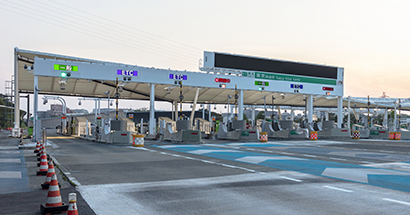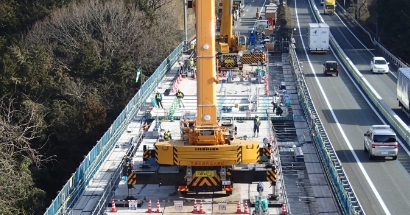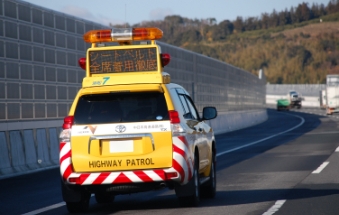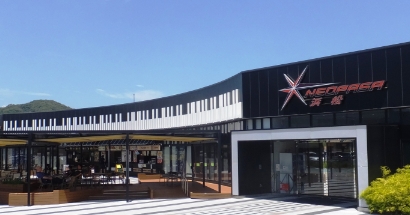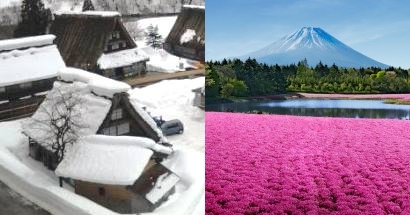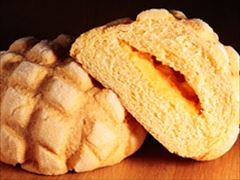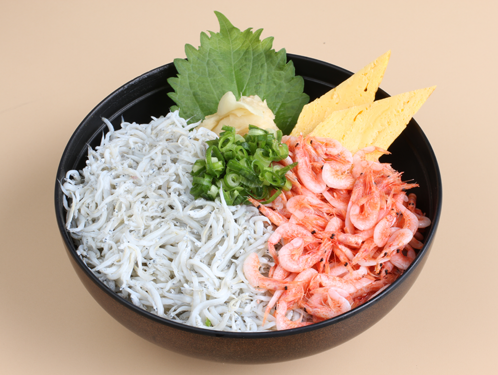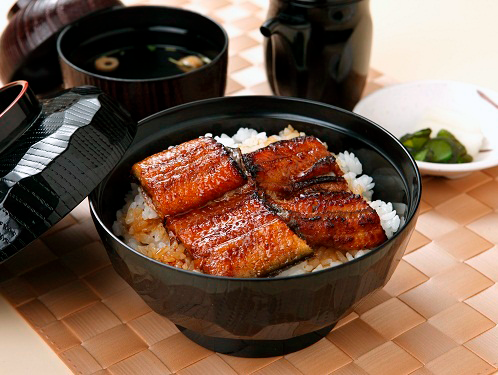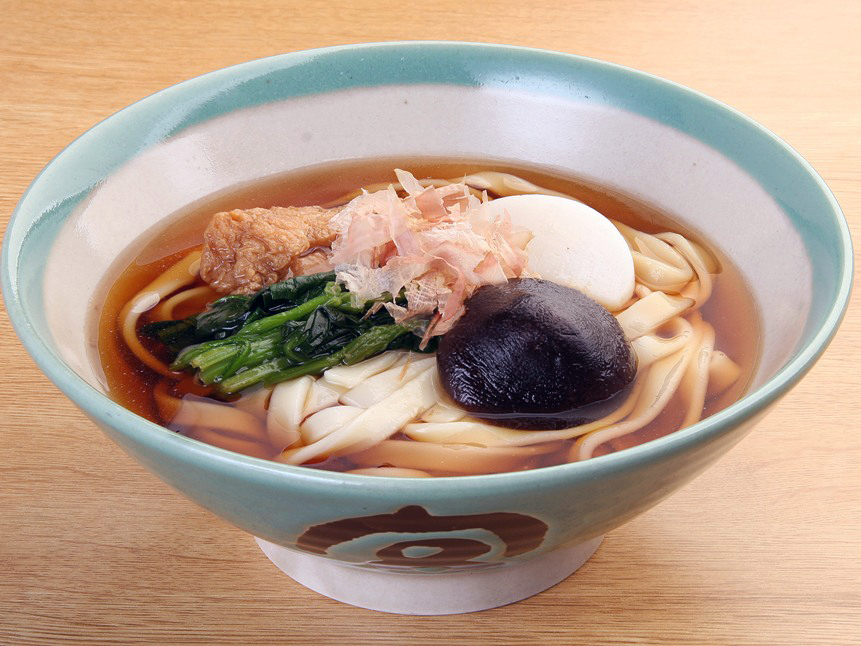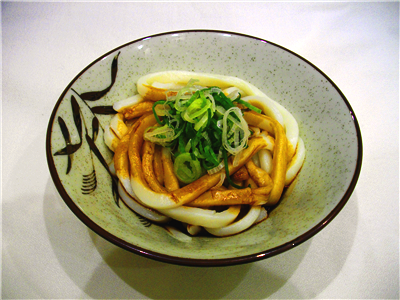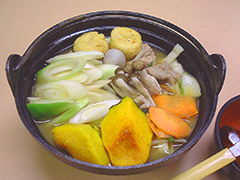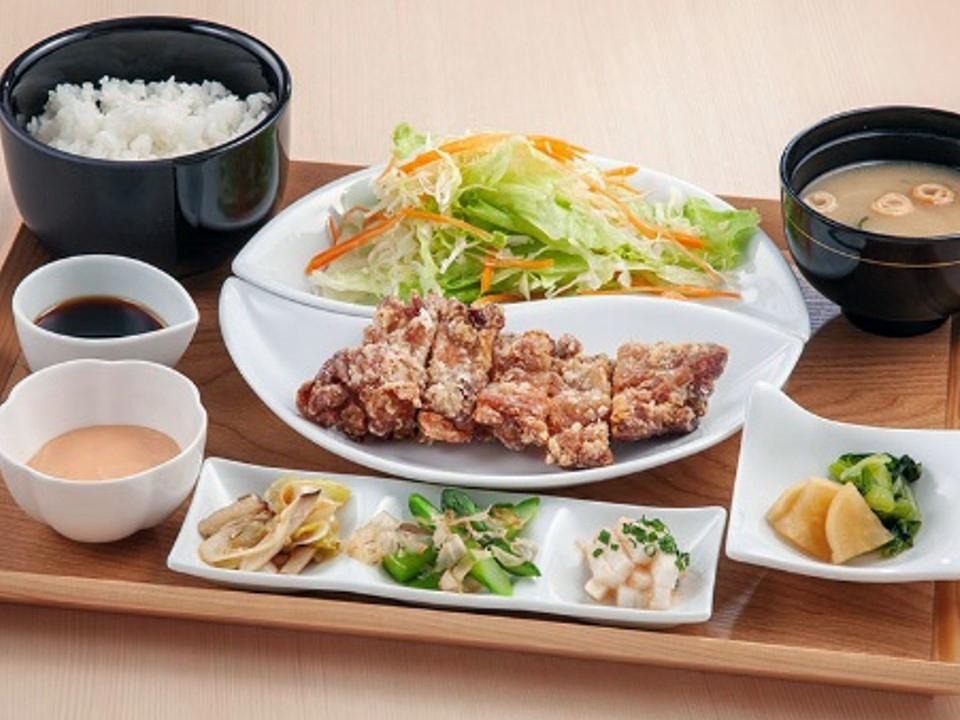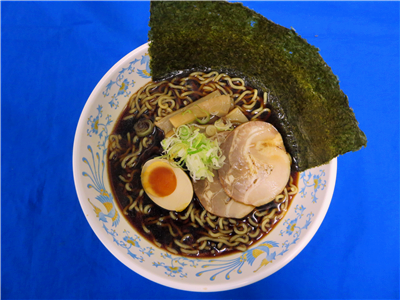Dining
Each rest area boasts a host of dining choices: sit-down restaurants, local food stalls, and food courts. There are plenty of delicious things to eat and buy. With local specialties and Japanese classics, getting a meal on the road has never been tastier.
Food Court
At most rest areas there is a food court with several vendors from which to choose. It’s a good place to sit down, relax, and eat a meal before heading back onto the road.
-
1.Save your seat
There is no assigned seating in the food court, so before you order make sure to save enough seats for you and your party.
-
2.Choose your restaurant
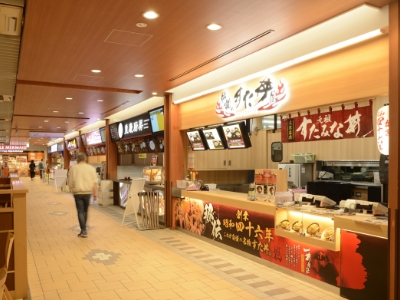
Above each restaurant there are usually pictures showing the types of dishes offered there.
-
3.Order
At the food court there are two ways to order your food: with a ticket machine or at the counter. Please keep in mind that there are still restaurants that are unable to process credit cards and almost all ticket machines are cash only.
If you purchased your meal ticket from a machine, don't forget to hand it over at the counter.POINT
If there is more than one person who wants to use the ticket machine please remember to line up in single file. Don't cut in front of people and be careful not to get in other customers’ way while you are waiting in line.
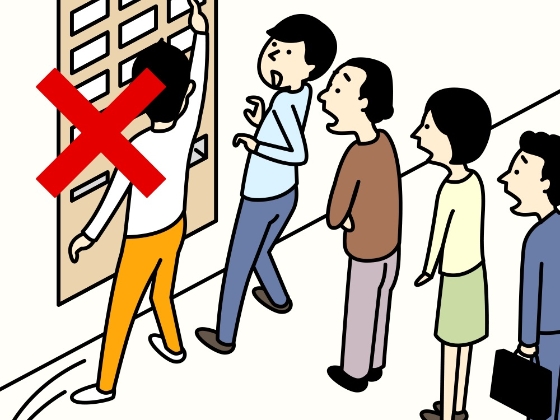
-
4.Pick up your order
You will be given a pager or a slip of paper with a number on it after you order. Wait for the pager to go off or your number to be called and then go pick up your food.
-
5.Using the tea dispenser
Most rest areas have a water cooler and/or tea dispenser and paper cups for you to use while you are eating your meal in the food court. Don't forget to throw away the cups!
POINT
Staff would like to remind people not to fill up their personal water bottles at the water cooler and/or tea dispenser.
-
6.Cleaning up and returning your dishes

Once you have finished eating, put all of your dishes on your tray and take them back to the return counter before you leave.
-
Use your Japanese! Helpful words and phrases
- ~~ oh kudasai.
- Please give me ~~.
- ikura desuka?
- How much?
Fast Food
Most rest areas have stalls and outward-facing shops that sell pre-prepared food for people on the go. These fast food establishments often sell things like hot dogs, croquettes, skewers, and ice cream.
-
1.Choosing your food
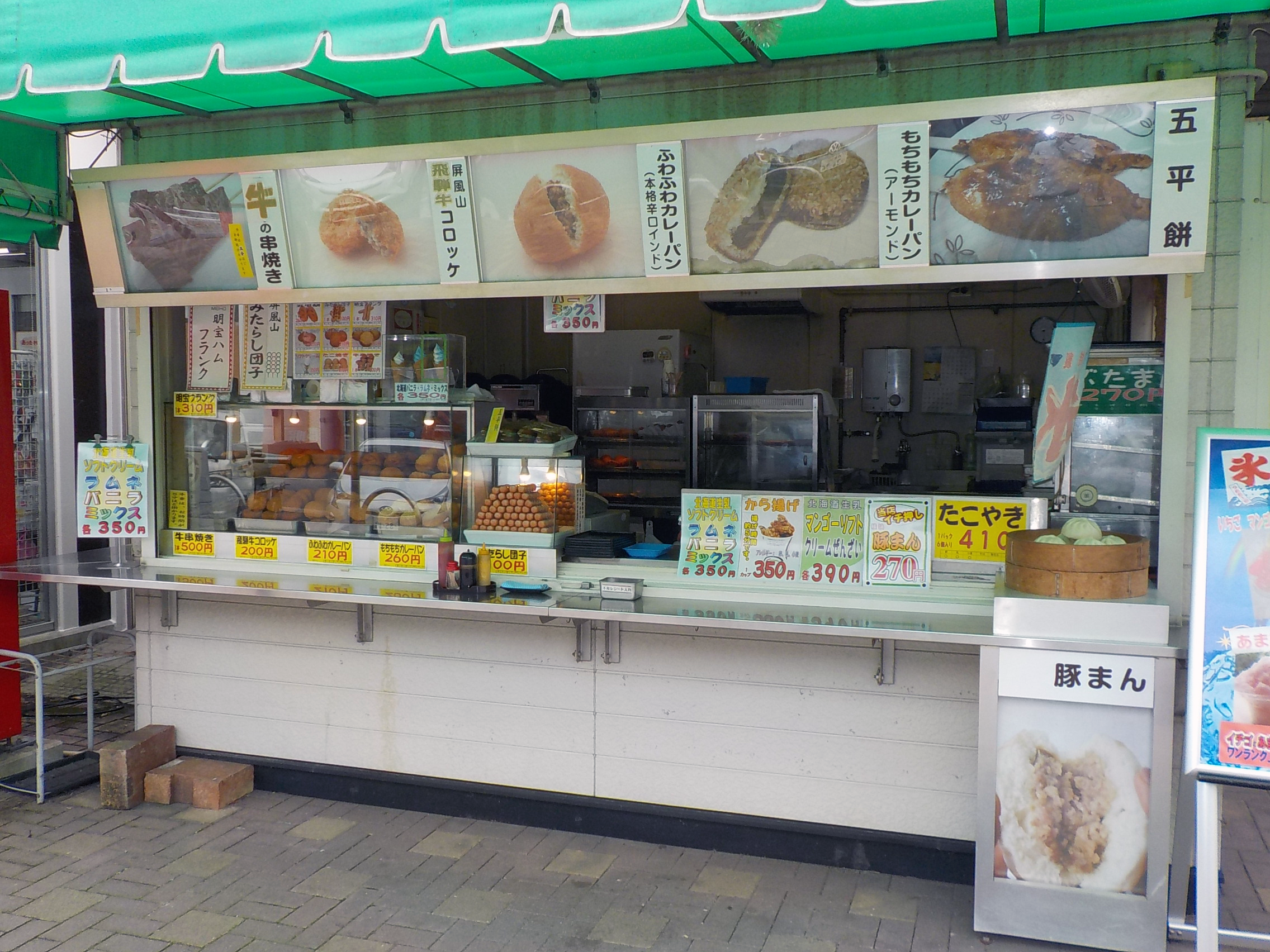
Because most of the food is visible from the register, you can always just point at what you want to order.
-
2.Payment
Unlike the restaurants and food court inside the building, some food stalls only accept cash.
-
Use your Japanese! Helpful words and phrases
- Kore oh kudasai.
- Please give me this
- Arigato gozaimasu.
- Thank you very much
Restaurant
Not all rest areas have space for a sit-down restaurant, but at the ones that do, the restaurants are family-friendly and showcase regional dishes.
-
1.Seating
The server will guide you to your seats and hand you the menu.
-
2.Ordering
Choose what you would like from the menu and relax as you wait for your food to be prepared.
For those with dietary restrictions
-
Allergies
-

Shrimp
-

Crab
-

Egg
-

Wheat
-

Milk
-

Buckwheat
-

Peanut
-

almond
-

Abalone
-

Squid
-

Salmon roe
-

Orange
-

Cashew
-

Kiwi
-

Beef
-

Walnut
-

Sesame
-

Salmon
-

Mackerel
-

Soybean
-

Chicken
-

Banana
-

Pork
-

Matsutake mushroom
-

Peach
-

Yam
-

Apple
-

Gelatin
These helpful pictograms have been designed for people with allergies to quickly confirm what is in each menu item. Please refer to this list if you have any allergy or dietary limitations.
-
To learn more about the rest areas, please see below.
- For tips&tricks information, please click here.
- For information about food and drink, click here.
- For shopping information, please click here.
- For information on other facilities, please click here.
- For information about wifi, please click here.
- For information about special services, please click here.
- Information for drivers can be found here.


